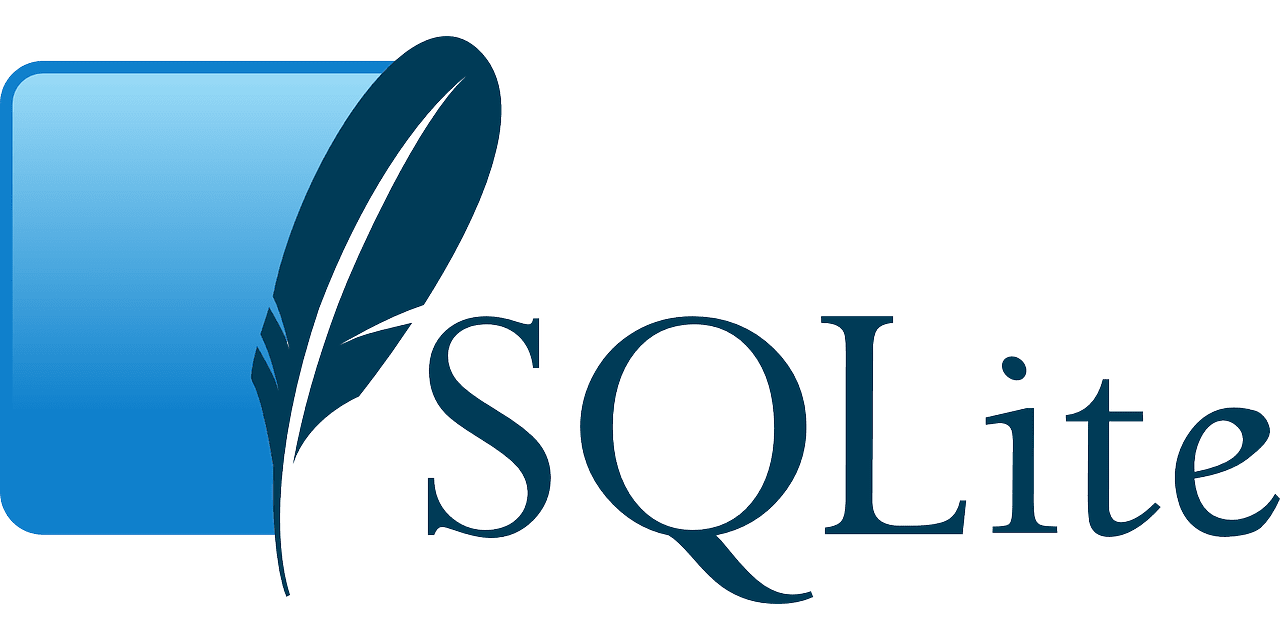The idea of Lean principles originated around vehicle manufacturing in the context of Toyota.
Toyota, the Japanese automaker, was having issues with product delivery. They noticed that the manufacturing processes were excessively lengthy. As a result, the company was unable to deliver its products on time. They realized they needed a new project management system.
But where does software development fit here?
Over time, the lean manufacturing method proved effective, and various industries, including software development, adopted the lean principles of the product development flow.
As you read deep into the concept, you’ll be amazed to know how lean principles save time and reduce waste with an intentional design language.
Lean development, in general, is a management framework. It aids in the efficient use of time and resources. This reduces waste and ensures that the product is delivered in its purest form.
Lean principles are implemented in software development because they possess three key characteristics that make lean implementation possible: collaborative efforts, repetitive processes, and standardized systems. Incorporating lean can assist in developing a streamlined approach for developing products in a short time, lowering expenses by eliminating unnecessary steps, and empowering the development team to make effective decisions.
What are the key principles for lean software development?
Mary and Tom Poppendieck articulated the seven principles for software development in their book ‘Implementing Lean Software Development: From Concept to Cash’ that work to improve delivery and provide high value to end-users:
- Eliminate Waste
- Create Knowledge
- Build Quality In
- Defer Commitment
- Deliver Fast
- Respect People
- Optimize the whole
How do you implement lean principles?
Now that you’re clearly aware of the 7 principles for lean software development, let’s move a little further on implementing them in your business.
Eliminate waste:
The customer is the king. Anything that does not provide value to the customer is considered waste, and businesses must learn to identify and eliminate waste. If you look at the software development cycle, waste in software development can include undesirable features in products, repeated cycles of testing, the slack time between project phases, and the creation of excess documentation.
Create Knowledge:
Testing, getting customer feedback on the output, and increasing the feedback loop to the development team are all ways to get feedback. Frequent iterations help in collecting feedback and catalyze the prioritization of high-value items.
Lean suggests that the software development team interact with customers early in the product development life cycle to obtain feedback.
Build Quality In
Creating quality at the coding level so that, rather than tracking and looking for defects, they can be avoided from the start. Lean advocates an iterative development model that incorporates testing early in the software development life cycle, avoiding the discovery of defects later in the development life cycle and thus avoiding expensive design changes.
Defer Commitment
Delaying decisions until the last possible moment. The last responsible moment occurs when you have learned enough about a decision to act on it.
Deliver Fast
This is necessary to satisfy customers who prefer quick delivery. Allowing people to be self-directed, reducing cycle time, managing slack by eliminating or reducing the wait time between activities, and emphasizing the cost implications of delivery delays can all help to achieve this.
Respect People
Giving team members a voice and valuing their opinions is what respect means in this context. Communication, conflict resolution, and encouraging healthy and productive discussions about business decisions exemplify respect.
Optimize the Whole
To be able to perceive the system as a whole and comprehend the nature of interactions between the different system components and identify appropriate measures and metrics for performance measurement, this principle also promotes the system’s way of thinking.
What are the tools used in the software development process?
Lean tools aim to eliminate inefficient processes. They’re used in various industries, from manufacturing to engineering, from finance to healthcare – you name it.
The 5s System
It aims to increase efficiency and productivity by employing a systematic approach and adhering to the five S’s, which stand for Sort, Set, Shine, Standardize, and Sustain.
Kanban
It is a pull project management system in which we limit the number of tasks simultaneously, and this assists us in preventing the development process from becoming overburdened.
Kaizen
This lean development tool promotes quality, technology, processes, productivity, and safety improvements. It is primarily helpful in the development of a safe and technological culture.
Value Stream Mapping
It is a method of visualizing the development cycle, from the client request to deployment. This assists us in demonstrating and optimizing the time spent on holding and processing.
Bottleneck Analysis
Bottleneck analysis is a methodical examination of the processes and workflows involved in developing a product or service. Bottleneck analysis can handle both current and future issues by identifying and addressing operational and process challenges.
Challenges of using Lean Principles
The following are the five significant barriers to implementing lean principles:
- Inadequate management time to support lean
- Unaware of the potential benefits of implementing lean
- Employee attitudes/resistance to change
- Insufficient workforce skills for implementing lean
- Returning to old inefficient ways of working
What is the difference between Agile and Lean Software Development?
Lean and Agile principles may appear to be very similar. They both focus on customers, work in small iterations, and validate the outcome before moving on to the next iteration. Nonetheless, the Lean development approach is a component of the Agile methodology, although the traditional Lean practice predates Agile.
There are some obvious parallels between the Agile and Lean methodologies.
The Lean methodology expects objects/products to be built in the fewest lots possible, according to the notion that it is more efficient. Rather than a large production, the Agile methodology provides many small frequent versions of a product.
The main distinction is that the Agile methodology is concerned with optimizing a development process, whereas the Lean method is concerned with optimizing a manufacturing process. The Lean approach is frequently used to improve processes in all organizations. The Agile methodology, on the other hand, is used within a team of no more than a dozen people. It is difficult to say which method is superior. People must understand this for themselves, and it also depends on the organization and the type of project that must be developed.
Both methods are inextricably linked; everything revolves around the customer and providing the product they desire in the most efficient way possible.
Conclusion
Because the lean-agile methodology presents a customer-oriented, adaptable, and flexible system, there are no hard and fast rules for adhering to the procedures or methods. However, one can always take note of the provided information so that there are no issues when developing software.
Lean has aided the evolution of the Agile development methodology and its variants. Instead of building the entire product and then starting testing, the Agile method develops the product in small incremental pieces, which are then tested for customer acceptance and adjusted as needed.
Lean implementation would necessitate a long-term commitment. Although most organizations are already sticking to some of the Lean principles, however, some organizations may take a long time to adopt every practice.
It is always advisable to search for an expert while employing a team to build your application. The wiser way would be to partner with software developers that are well-adapted to the technology and client’s needs. You can opt for top companies in your area, like top software development companies in USA or software development companies in California if you live in the US.
Author Name – Tricia Pearson
Author Bio – Tricia is an experienced writer with 5 years of domain experience across marketing, Tech and B2B business solutions. She approaches work to inspire creativity and encourage team members to bring their best to each project. Tricia thrives in competitive teams and gains a sense of satisfaction from late night writing sprints. In her downtime, she prefer to read by the beach, go hiking and discover new local cafes.








